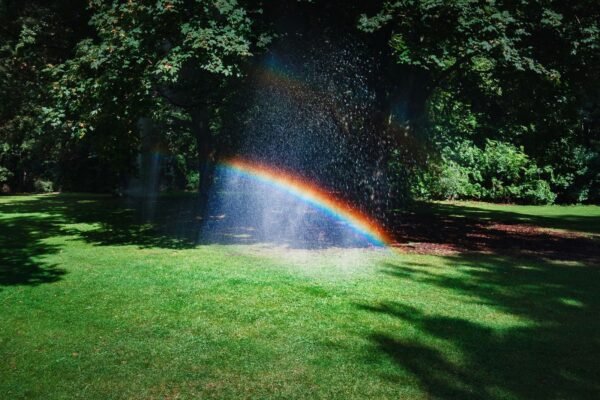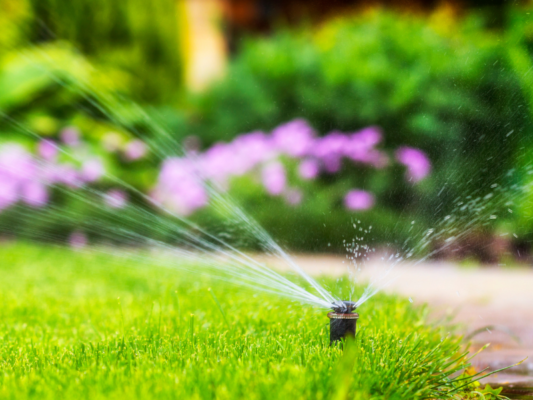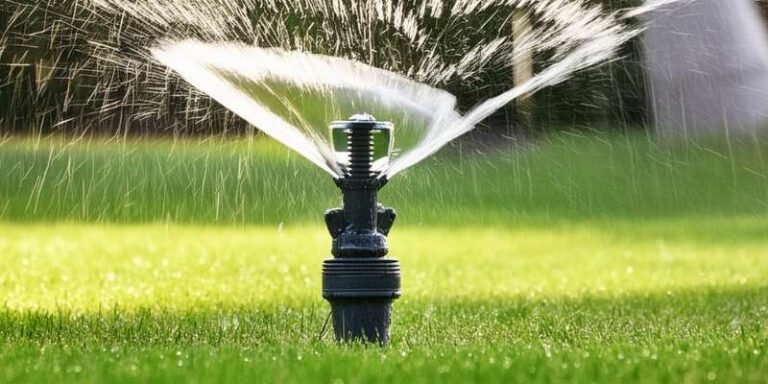How to Water Your Lawn Without a Sprinkler System

Maintaining a lush, green lawn requires proper watering techniques. While a sprinkler system offers convenience, it’s not always accessible to everyone. That’s why understanding alternative methods for ‘how to water your lawn without a sprinkler system’ is invaluable. In this comprehensive guide, we delve into the importance of effective lawn watering, providing insights into assessing your lawn’s unique watering needs. Discover a range of techniques and strategies tailored to various lawn sizes and environments. Whether it’s utilizing soaker hoses, drip irrigation, or manual watering, we’ll help you achieve optimal hydration for your lawn’s health and vitality.
The Importance of Proper Lawn Watering
Watering your lawn correctly is crucial for its overall health and appearance. Insufficient watering can lead to dry and brown patches, while overwatering can promote the growth of weeds and diseases. By providing your lawn with the right amount of water, you can ensure that it stays lush, green, and resilient.
Assessing Your Lawn’s Watering Needs
Before you start watering your lawn, it’s important to assess its watering needs. One way to do this is by determining the square footage of your lawn. By measuring the area accurately, you can calculate the amount of water required more precisely.
Identifying the type of grass in your lawn is also essential. Different grass types have varying water requirements. Some grasses, such as Bermuda grass, require more water, while others, like Zoysia grass, are more drought-tolerant. Understanding your grass type will help you determine the appropriate watering schedule.
Additionally, consider the weather conditions in your area. If you live in a hot and dry climate or are experiencing a drought, you may need to adjust your watering schedule accordingly. It’s important to water your lawn more frequently during these conditions to prevent it from drying out.
Choosing the Right Watering Method
When it comes to watering your lawn without a sprinkler system, there are a few different methods you can choose from. Two common options are using a soaker hose or a sprinkler head. Let’s evaluate the pros and cons of each method.
A soaker hose is a porous hose that releases water slowly and directly into the soil. It is a cost-effective option and allows for deep root hydration. However, it may require more time and effort to set up and move around your lawn.
On the other hand, a sprinkler head provides a more even distribution of water over a larger area. It is easier to set up and covers a wider range. However, it may not be as efficient in terms of water usage, as some water may be lost to evaporation or runoff.
Another option to consider is a drip irrigation system. Drip systems deliver water directly to the roots of your plants, minimizing water waste. They are especially beneficial for deep root hydration and can be customized to suit your lawn’s specific needs.
Calculating Water Requirements
Once you have determined the square footage of your lawn and chosen a watering method, you can calculate the water requirements. The general guideline is to provide about 1 inch of water per week, including rainfall. To calculate the gallons of water needed per square foot, follow these steps:
- Convert the square footage of your lawn to square inches.
- Multiply the square inches by 0.623 to convert it to gallons.
- Divide the result by 7 to determine the gallons of water needed per day.
By following these steps, you can ensure that you are providing your lawn with the appropriate amount of water for optimal growth and health.
In conclusion, while a sprinkler system may be the most convenient option for watering your lawn, there are alternative methods that can be just as effective. By assessing your lawn’s watering needs, choosing the right watering method, and calculating the water requirements accurately, you can maintain a healthy and green lawn without a sprinkler system.


